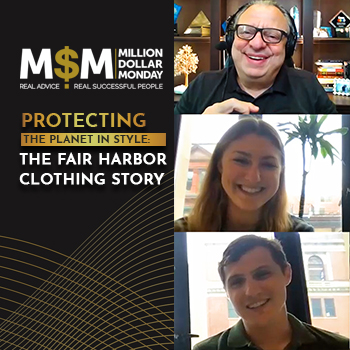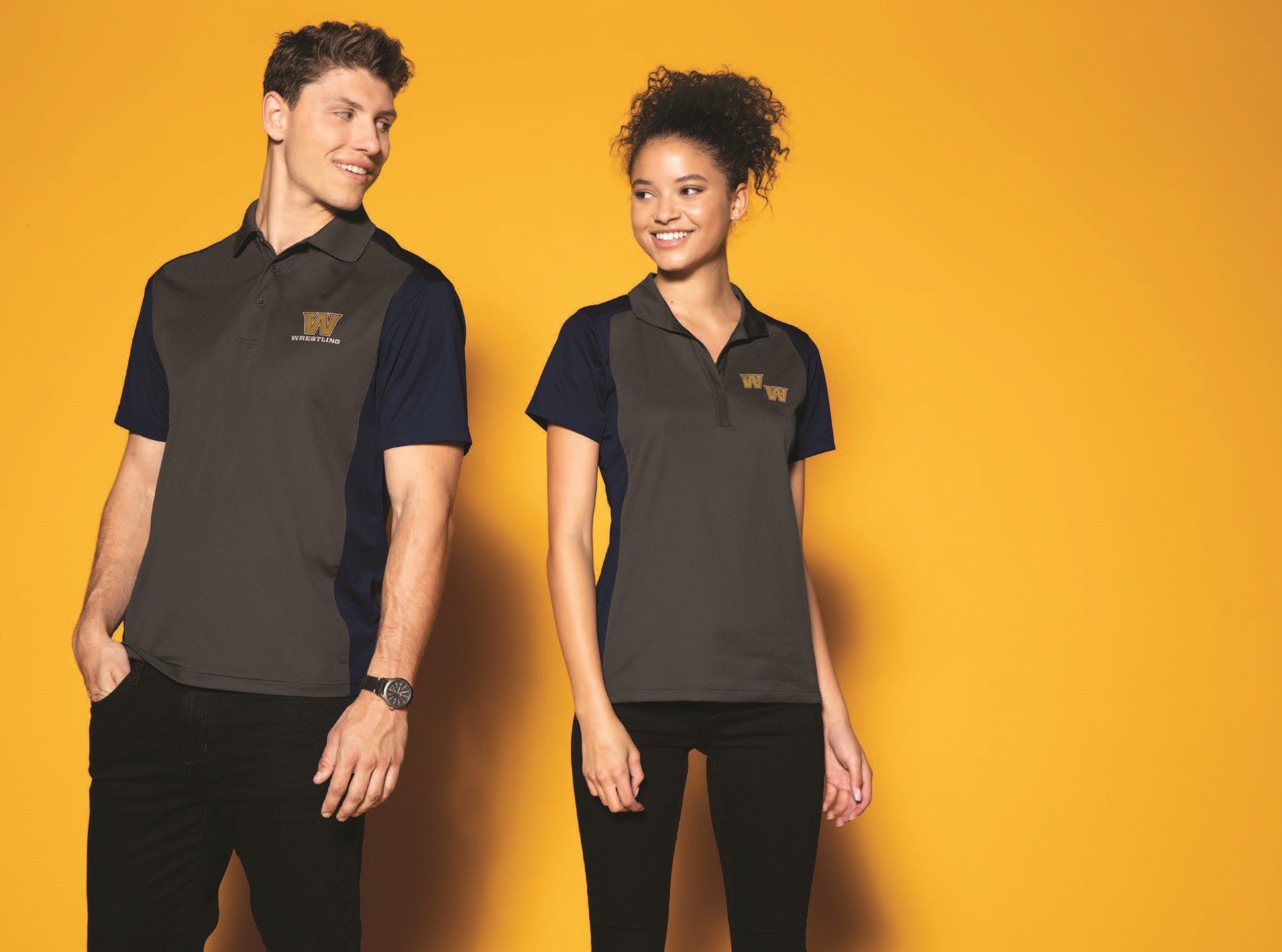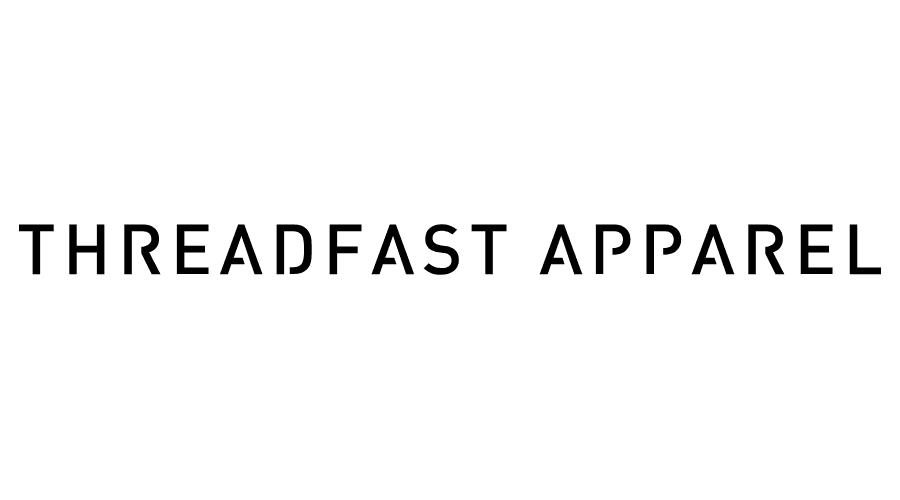A few years ago when the COVID-19 pandemic shut the world down, business attire saw a massive shift. Where once employees carefully selected the right polo, pencil skirt, tie, button-up, or jacket, many shifted to leggings, T-shirts, and even headwear for their work attire. And when things shifted again to hybrid work models, business casual shifted with it, experiencing another redefinition.
So where does it currently stand? Some argue that the polos and formal apparel of old is out, but perhaps a more accurate way to look at it is everything has been reinvented. While scratchy, stiff styles are out, business casual apparel is still in existence — it just feels different. The better question is, do you offer these new styles to your customers looking for comfortable, stylish, professional branded gear?
Today’s Business Trends
To fully understand where business casual apparel sits today, let’s take a step back. The last few years affected this niche in a major way, and it happened fast. To top it off, it’s still changing. Distributors need to understand this metamorphosis to fully capitalize on these styles.
“Business attire is having a moment as the shift back to office or hybrid has increased,” says Christina Marcantelli, business development specialist at S&S Activewear, headquartered in Bolingbrook, Illinois. “End-users are looking to update their wardrobe with versatile pieces that can live longer, but that can also serve beyond the office, elevated pieces they would also wear in their free time.”
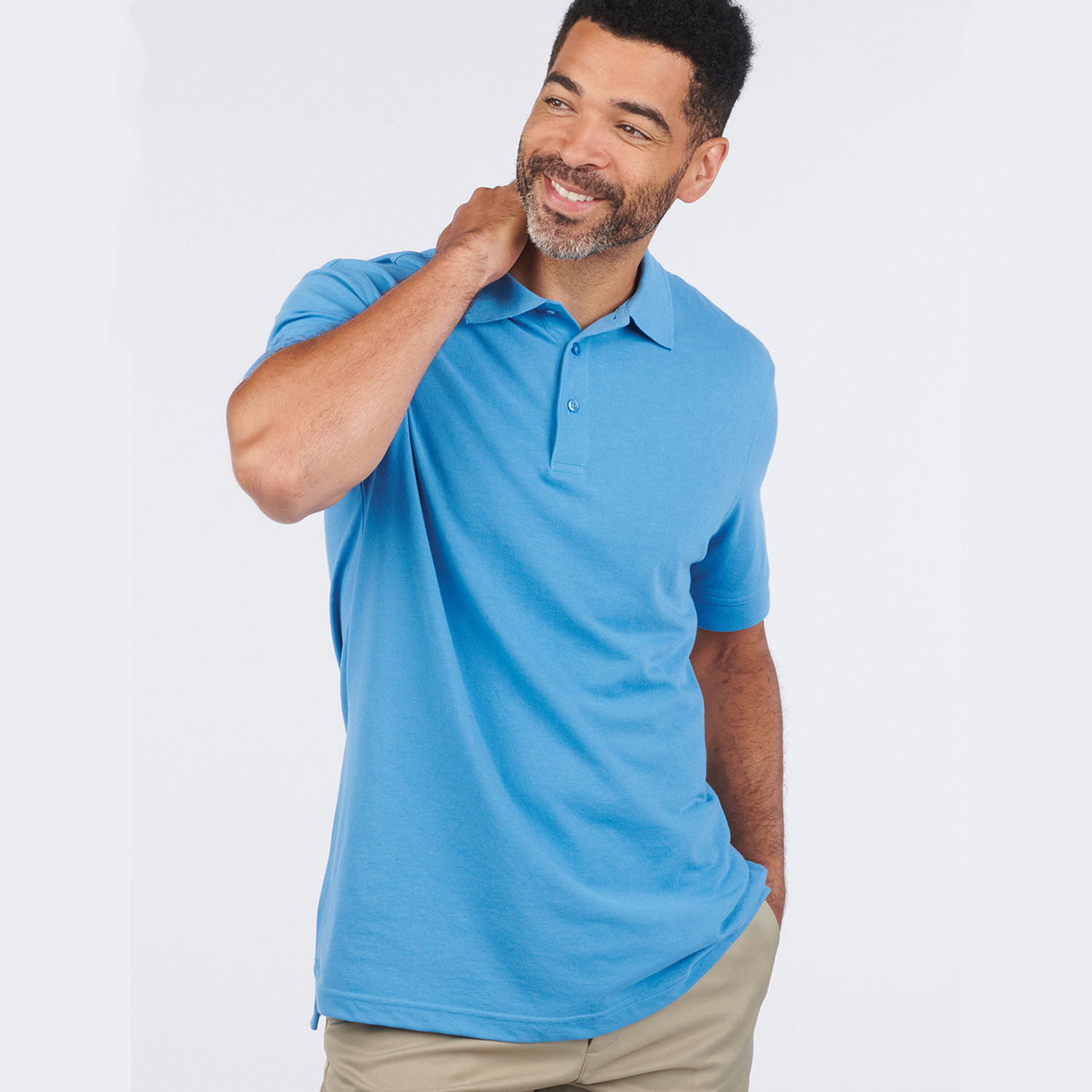
The need for comfort that translates from work to play is obvious — we’ve talked about it since the first work-from-home mandates happened in 2020. “Focus on what employees are wearing and how they look in the workplace has almost become secondary to the employee’s desire to be in more comfortable workplace apparel,” explains Andra Hasler, merchandising manager for Kalamazoo, Michigan-based Edwards Garment. “A professional appearance is still expected, but at a more comfortable level.”
Comfort might be clear, but a less-obvious focus is how business casual is currently being worn. “Other than the comfort mandate, the most striking shift I’ve seen happen in business attire is an ‘unfussiness’ coming into play across the board,” says Vicki Ostrom, trend editor for Issaquah, Washington-based SanMar. “By this, I don’t mean that designs are minimal or casual. … There is a ‘less-is-more’ paired with a ‘less-but-better’ vibe to styling, almost a ‘stealth wealth’ attitude.”
Ostrom explains that this means outfits are elegantly simple, and each item is a value-add. Think about the current trend of “quiet luxury” we see playing out in celebrity fashion. “Value today means multiple things: Along with the given that it is of good quality, it probably also has multiple uses in a wardrobe,” she says.
Ultimately, comfort and versatility have redefined the business styles we’re seeing today. Now, instead of tight, starchy apparel, comfy layering is all the rage. “Layering options like lightweight quarter zips for men, and full zips for ladies have seen higher demand lately,” says Hasler. “Also [consider] a trendy, more casual knit suiting — a collection that can be versatile at work and outside of work.”
Ostrom also points to layering, incorporating new with traditional. “A perfect example to get a visual in your mind of what this new way of dressing looks like is a hooded puffy full-zip vest over a smooth-handed stretch jersey polo, paired with a pant that is styled like a trouser and yet made of fabric that is only slightly more structured than you would find in a legging,” she says.
And before you completely toss out polos as part of your corporate branding offerings, you might be surprised to learn they’ve been reworked. These tops are also following the comfortable, versatile theme, saying goodbye to the stiff collars and cuts of the past. “Trend forecasts and high fashion brands have been redirecting focus to what they are calling ‘quiet luxury’ with rich luxurious fabrics and neutral colors like cream, camel, rich brown, black, and gray that convey high quality,” says Marcantelli.
Meeting Today’s Business Apparel Needs
Once promo distributors lock in on the newest business casual trends, it’s time to update the offerings. Your clients are searching for branded gear their customers — or employees — will continually wear. If you sell to the corporate market, refreshing your styles is crucial.
Ostrom has a few thoughts on where to start. “The best way a company could update a business casual apparel offering would be to step back and thoughtfully curate a tight grouping of key, core styles,” she suggests. “Make sure that the color palette is limited and cohesive, that each piece chosen could be worn with every other piece.”
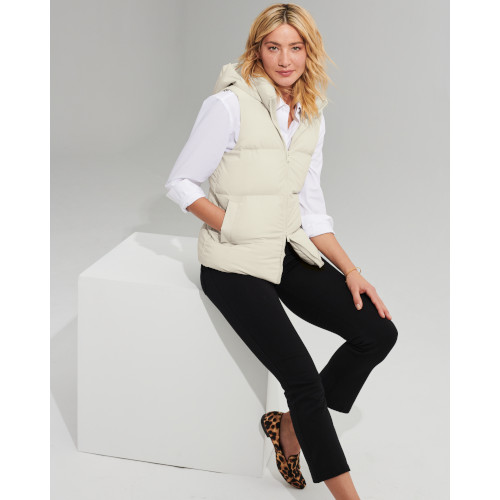
Ostrom adds that distributors must keep the layering theme in mind. Ask yourself, do the styles layer together well? Will a shacket — a crossover between a shirt and jacket — work over the T-shirt, polo, camp shirt, or long-sleeve shirt, giving the wearer infinite options?
Even polos can be used in flexible styling, and have a strong place in any promotional apparel campaign. Some might think their well-known shape doesn’t translate across outfits, but that’s no longer the case. “Due to the silhouette of a polo having a limited option in styling features, the fabric can be the biggest complement to a campaign,” Hasler points out. “Polos can add a more professional look if someone wears a more relaxed/comfortable style of pants. Polos can [also] be dressed down with jeans, leggings, or an athletic bottom.”
It comes down to designing the campaign that’s right for your client. “Targeted marketing campaigns highlighting the unique benefits and use-case scenarios for various styles and collection ideas is always helpful,” says Marcantelli.
For example, distributors can highlight the versatility of everyday wear by pairing polos with fleece bottoms, a lightweight jacket, and dad hat as part of a corporate campaign. This pairing showcases the perfect business casual outfit to attend a sporting event or casual wear Friday at the office.
The point here is to create options, explains Hasler.
“Distributors can increase their sales by providing several clothing options and even visuals on ways to wear these updated styles and how different departments can coordinate together,” she suggests.
Don’t Settle on Outdated Styles
Ultimately, you will lose business to the competition if you don’t keep up on the quickly changing world of business casual apparel. Make sure the fresh styles work together by providing a honed-in focus on each client’s needs.
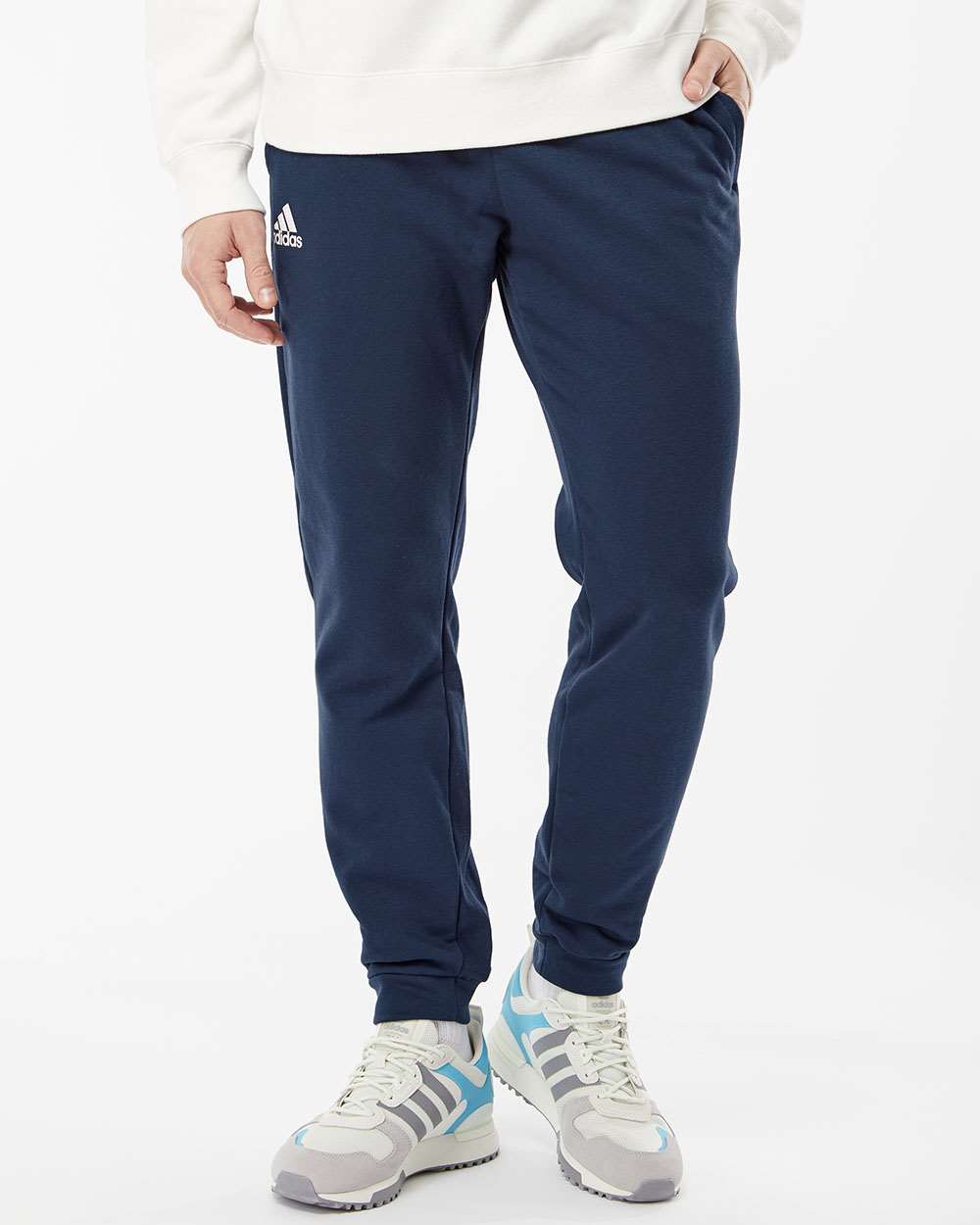
“Key styles in this new normal are few in number, yet because they work together as wardrobe essentials, they get maximum wears per purchase, greatly expanding each item’s impact,” Ostrom says. “I think that the most persuasive argument for this new way of dressing is about smart business. If a company has items logoed with their brand name,
the cost-per-use goes way down when you consider that each piece in this well-edited wardrobe will be worn many times over in a multitude of life situations. This greatly expands the reach of audiences seeing their brand.”
Hasler reminds distributors that, at the end of the day, polos and business casual apparel isn’t dead just because the working environment has changed. “A professional appearance is still expected, but at a more comfortable level,” she states. And for distributors who keep that in mind, their profit will continue to soar.

